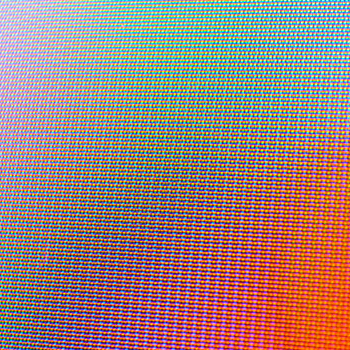#r = 10csc(theta + (7pi)/4)#
Multiply by sine.
#r sin(theta + (7pi)/4) = 10#
Now use the sine addition formula:
#sin(theta + (7pi)/4) = sin(theta)cos((7pi)/4) + cos(theta)sin((7pi)/4)#
Since #(7pi)/4# is in quadrant IV, sine is negative and cosine is positive, with
#sin((7pi)/4) = -sqrt(2)/2#
and
#cos((7pi)/4) = sqrt(2)/2#
Therefore we have...
#r sin(theta + (7pi)/4) = 10#
#rsin(theta)cos((7pi)/4) + rcos(theta)sin((7pi)/4) = 10#
#-rsin(theta)(sqrt(2)/2) + rcos(theta)(sqrt(2)/2)= 10#
Multiply both sides by #sqrt(2)#. This has the same effect as dividing by #sqrt(2)/2#.
#-rsin(theta) + rcos(theta)= 10sqrt(2)#
Now use the standard polar substitutions:
#x = rcos(theta) and y = rsin(theta)#.
We have...
#-y + x = 10sqrt(2)#
Solve for y, or put it in whatever form you desire. This is a line.

